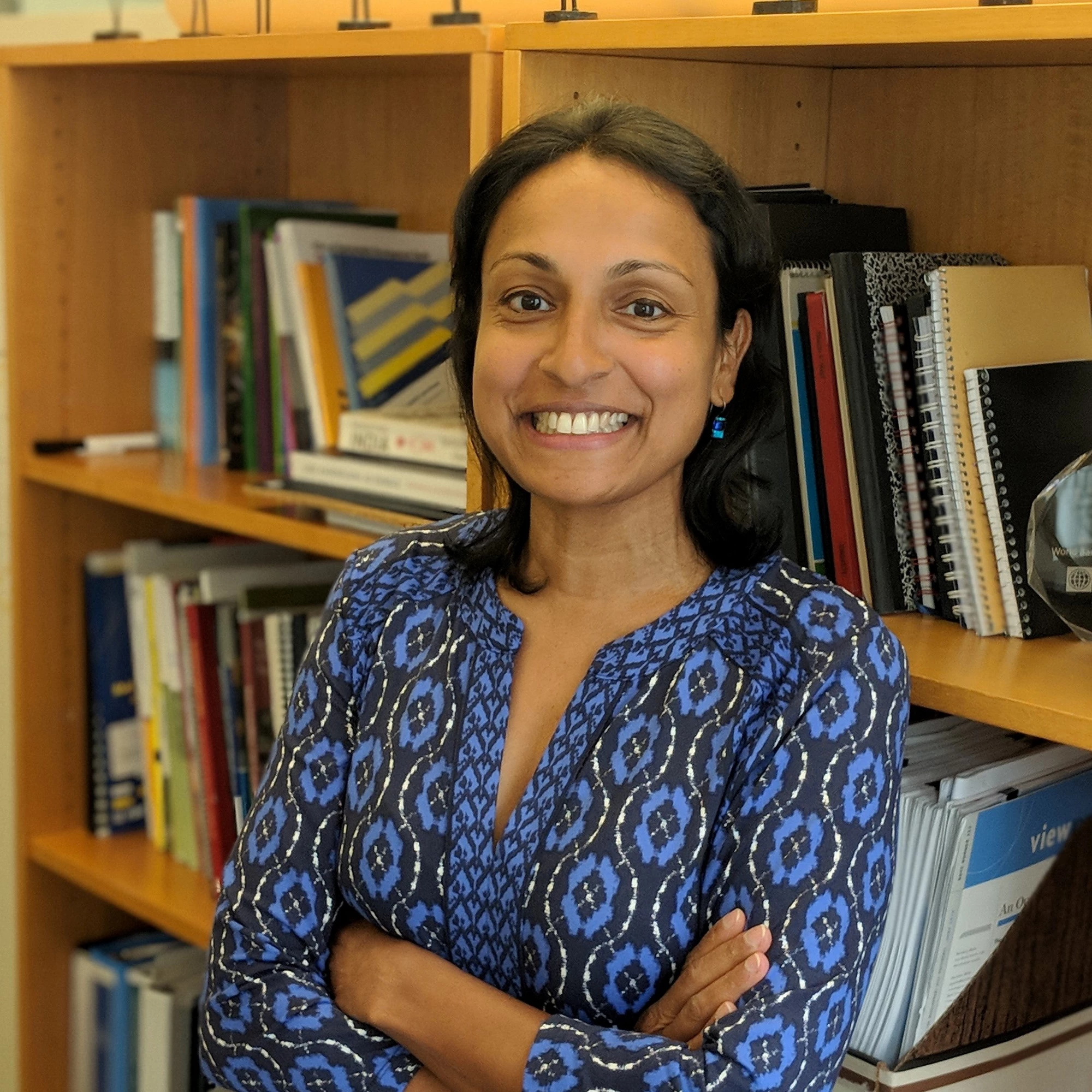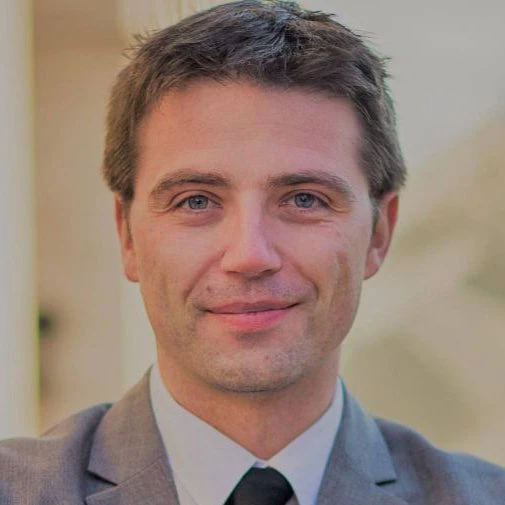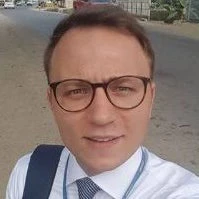
An estimated 1.1 billion people worldwide cannot officially prove their identity, according to the 2017 update of the World Bank's Identification for Development (ID4D) Global Dataset .
Identification matters
How do we prove who we are to the people and institutions with whom we interact? Imagine trying to open your first bank account, prove your eligibility for health insurance, or apply for university without an ID; quality of life and opportunities become severely restricted. An officially-recognized form of ID is the key enabler – critical not only for exercising a wide range of rights but also for accessing healthcare, education, finance, and other essential services. According to the World Bank Group’s latest estimates, this is problematic for an estimated 1.1 billion people around the globe.
Addressing this most basic barrier was the rationale behind the international community’s decision to set target 16.9 in the UN Sustainable Development Goals: “to provide legal identity for all, including birth registration” by the year 2030. It was also the impetus for the World Bank Group’s launch of the Identification for Development (ID4D) initiative in 2014.
In order to work effectively towards this ambitious goal, governments and development partners need to understand the scale of the challenge – and every year the World Bank Group updates the ID4D Global Dataset to do just that. Using a combination of publicly available data (e.g. birth registration coverage rates from UNICEF) and self-reported data from ID agencies, we estimate the population without an officially recognized ID in 198 economies. In addition, we collate relevant qualitative information such as details on the agencies and ministries responsible, and the prevalence of systems which are digital (now introduced in 133 economies, but not necessarily with full coverage in each).
Who are the 1.1 billion?
The latest data provides greater insight on the breakdown of this figure:
- 78% live in Sub-Saharan Africa and Asia, indicating that these regions should be the focus of global efforts;
- 40% are children under the age of 18 and one in six are under the age of five, reinforcing the importance of the first of the ten Principles on Identification which ensures universal coverage from birth to death
- More than half live in lower-middle income economies, while a third live in low-income economies.
There is more to the story, however. Few countries report or publish more than national-level statistics for coverage of adults with IDs, which hampers our ability to know exactly where governments and development partners need to direct their efforts. For example, only 43 countries report such data that is disaggregated by gender, which is fundamental to understanding whether or not women and girls face disproportionate challenges in obtaining an ID.
The latest 1.1 billion figure is down from 1.5 billion in 2016. This is because of improvements in the methodology, better data sources for 128 economies, and a particularly large increase in the number of registered people in India achieved through the rapid progress of Aadhaar (see the Methodology & Sources tab in 2017 ID4D Dataset file for further details).
What’s ahead? Improving the ID4D Global Dataset

Moreover, special attention needs to be paid to understanding the situation of populations who are already marginalized in society and whose vulnerabilities could be exacerbated by being without an ID: disabled persons, the elderly, indigenous persons, and children between the age of five (when it becomes more complicated to register for a birth certificate) and the eligibility age for a national ID (e.g. 16 or 18 in many countries). Likewise, we simply don’t know how many of the world’s 200+ million migrants, 21.3 million refugees, or 10 million stateless persons have IDs.
There are three immediate steps that governments and development partners can take to address the lack of disaggregated data:
- ID agencies and statistical offices can begin publishing data on the number of people they have registered by gender, by age and by location. Peru and India already do – other countries such as Thailand and Nigeria provided this data on request.
- Questions on possession of IDs can be included in censuses and household surveys, which will be especially helpful for some of the marginalized populations mentioned earlier.
- To bolster these efforts, the international statistical community should develop standards, definitions and methodologies, and consider expanding the current indicator for SDG target 16.9 to look beyond just birth registration of children under five.
By taking these steps to better count the invisible in our world, we are strengthening our commitment to providing legal identity for all.





Join the Conversation